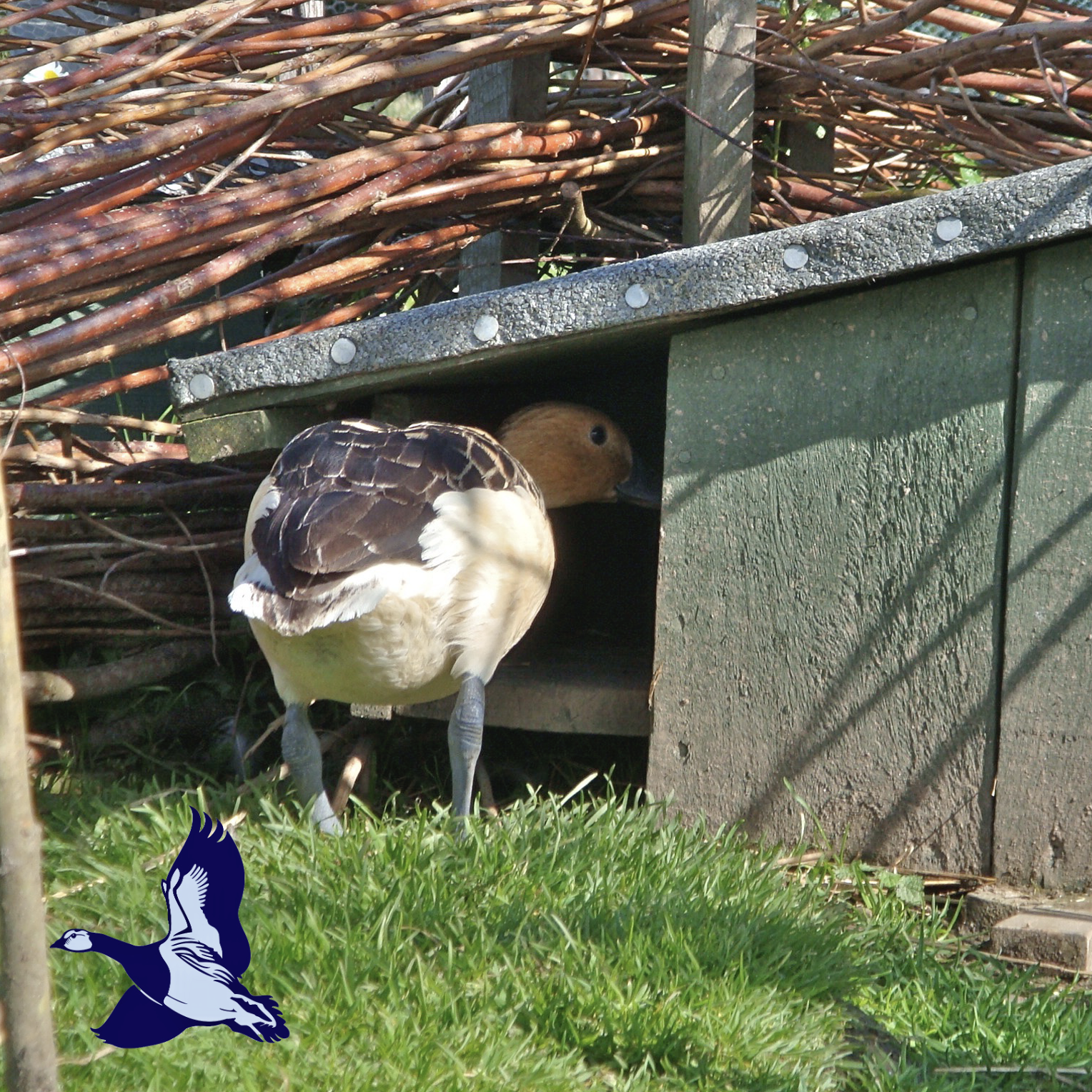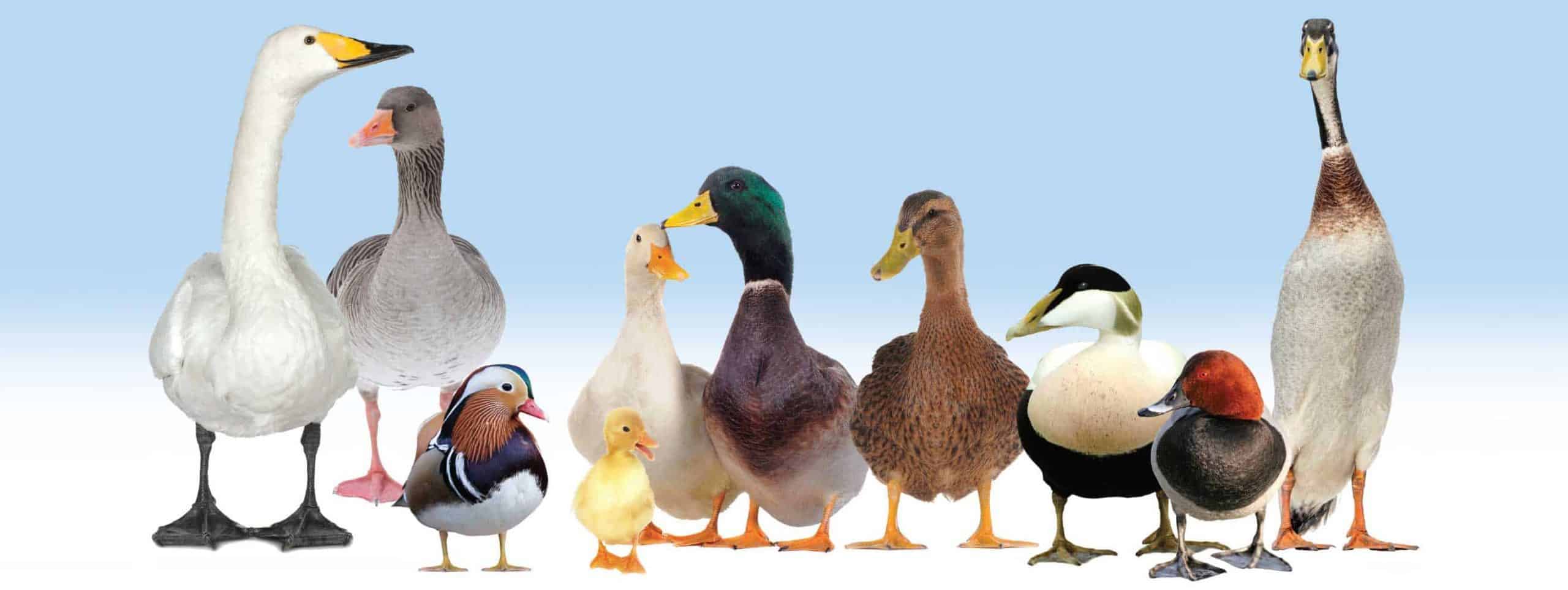A dozen eggs please. Top tips for successful nests.
• Watch your birds for signs that they are getting into the breeding mood. Put boxes out as soon as you see they are ready.
• Add a fresh substrate to boxes; chopped hemp, straw or coir are clean. Fresh bedding often gets them excited.
• Avoid hay for nest material. Warm and damp from the sitting bird, hay harbours dangerous fungal spores more than other materials.
• Learn where your species nests in the wild. Do they like a burrow, to be up a tree or out in the open field? Give them plenty of choice.
• Many waterfowl prefer the box hole to face the water. It is the size and type of the hole that attracts them, not your fantastic woodwork!
• Keep up the head count — waterfowl are adept at hiding away under hedges, clumped grasses and shrubs where you least expect.
• Many geese only make a simple depression, but they often like a tyre to start forming a dish. Other alternatives are wide trugs, dismantled pet carriers or shallow open wooden boxes.
• Housed birds will enjoy a depression in fresh straw and a dummy egg may start them off and keep them laying in the nest.
• Even if you plan not to breed more waterfowl this year, allowing birds to go through the nesting process is a part of normal behaviour.
• Keep written records! Remember a sitting bird loses condition so don't let them sit longer than the natural incubation period.
• Respect the sitting bird’s space. Not all will cope with disturbance, either from you or other birds.
• If a nest site works, stick with it, birds often return to the same box each year. If the site doesn’t attract an occupant, move the box somewhere else.




